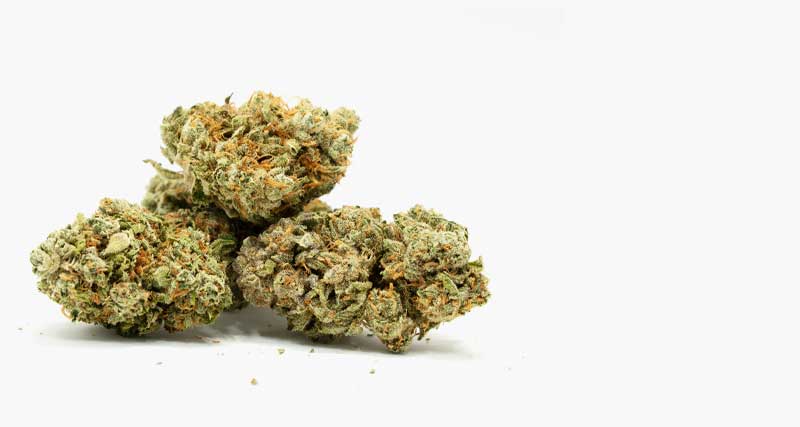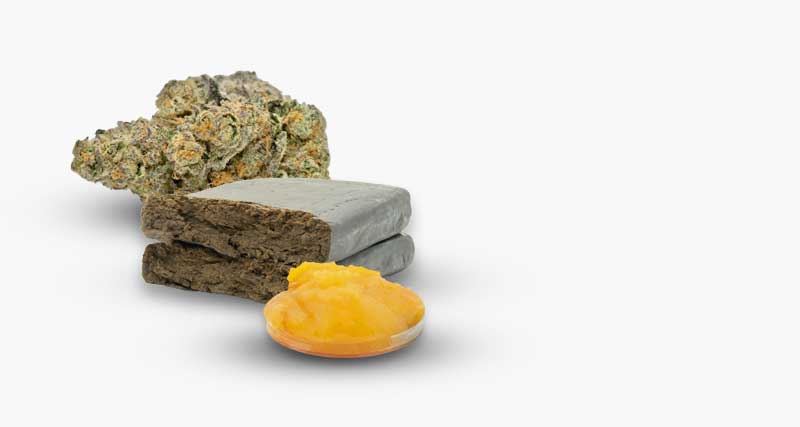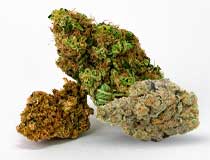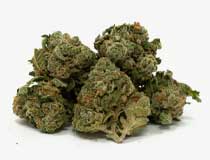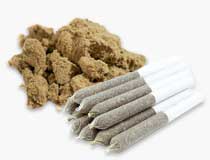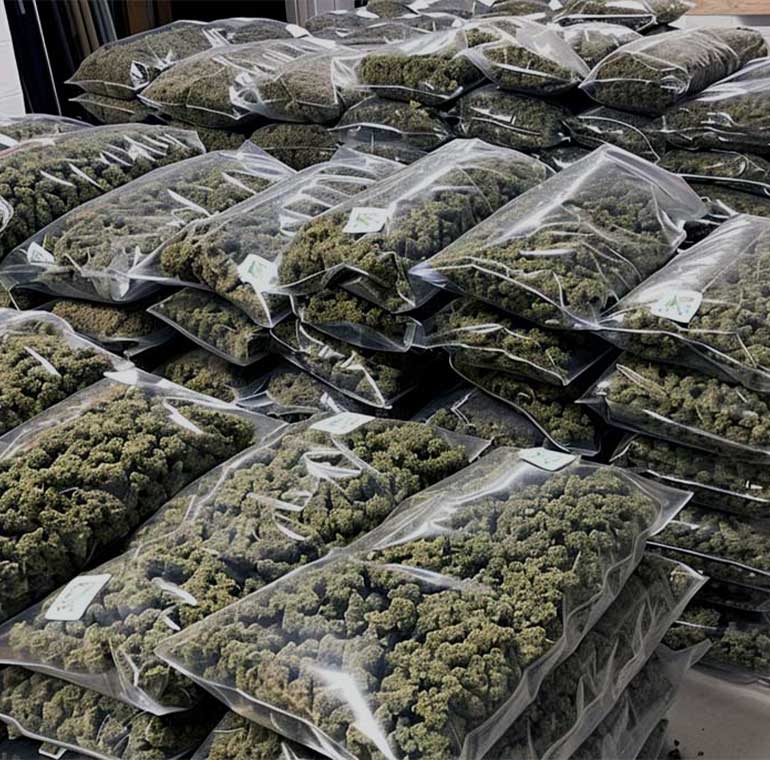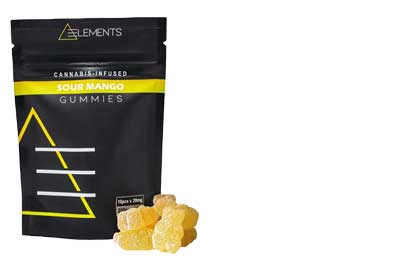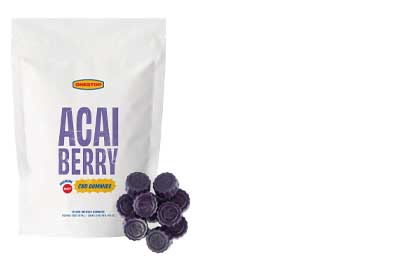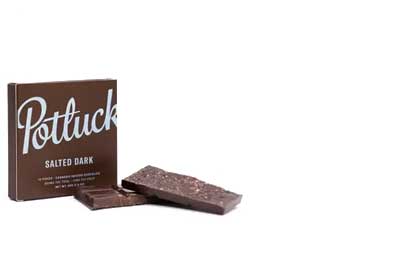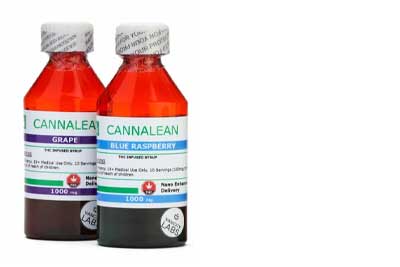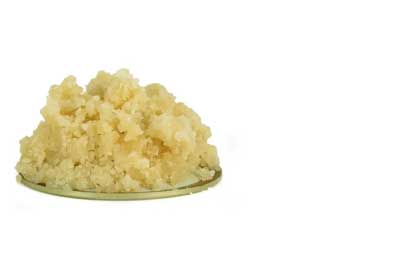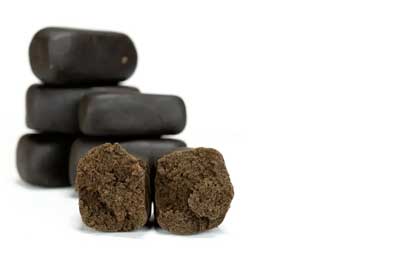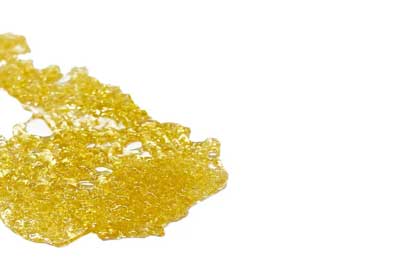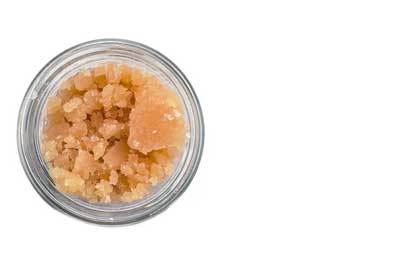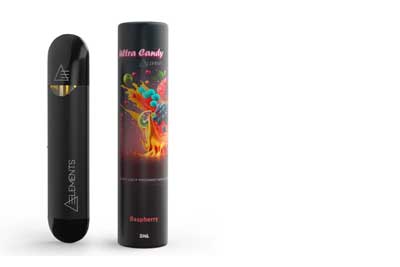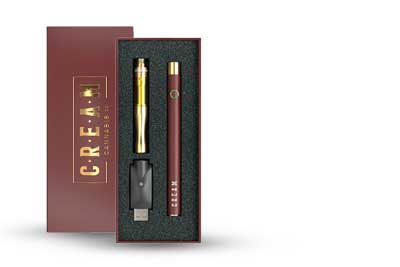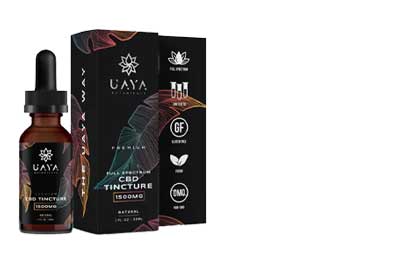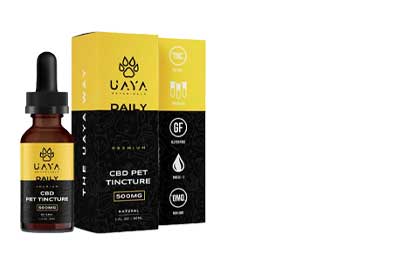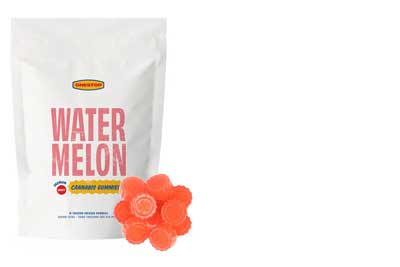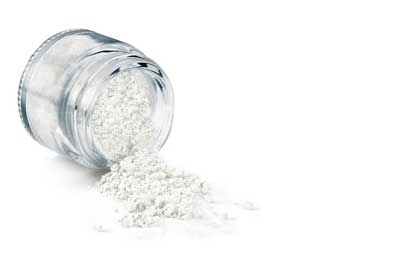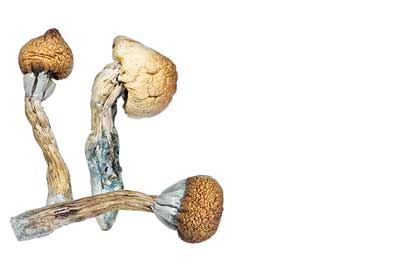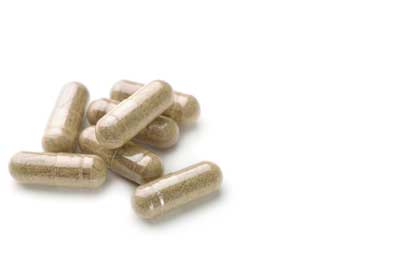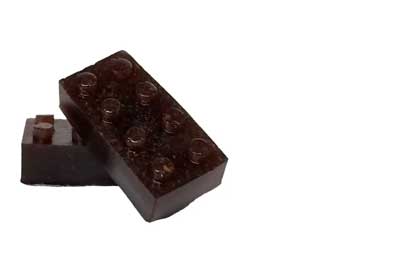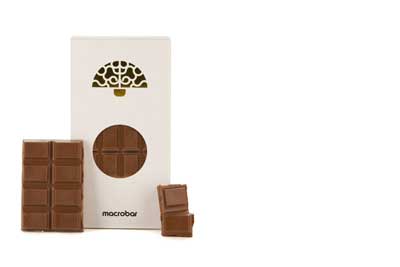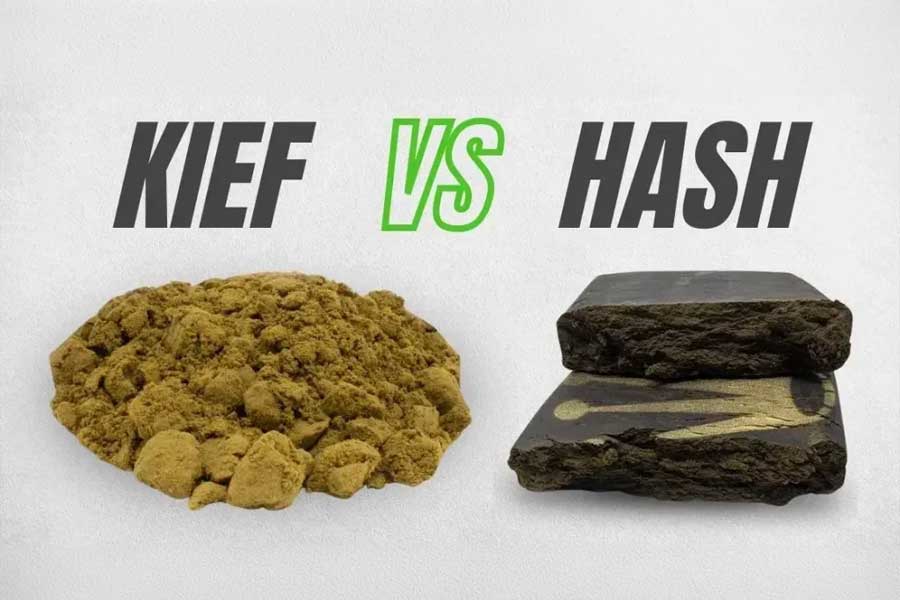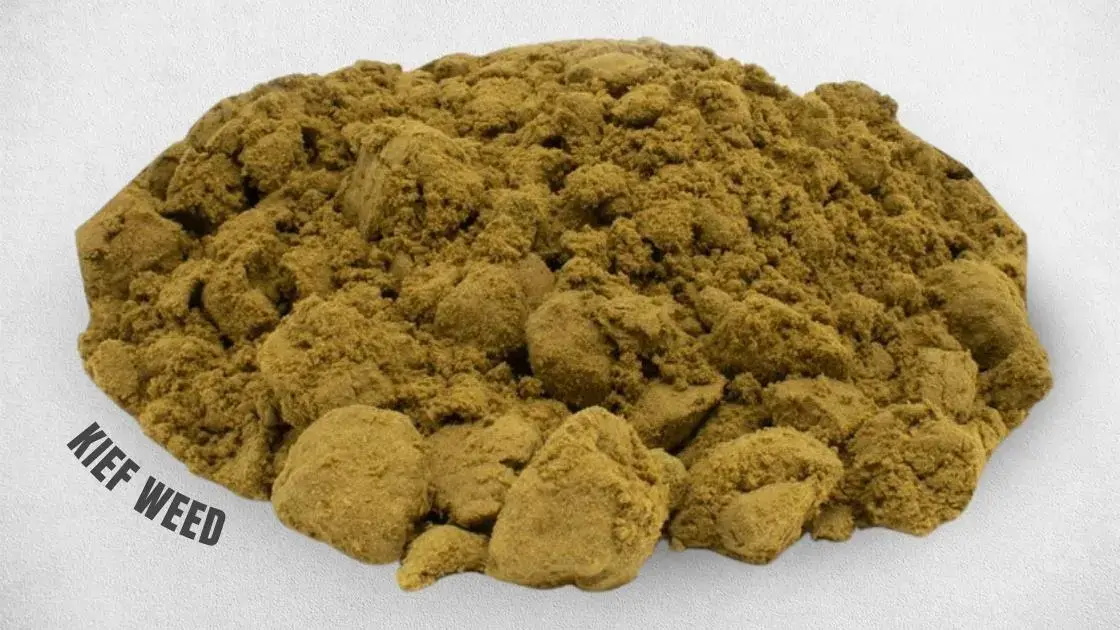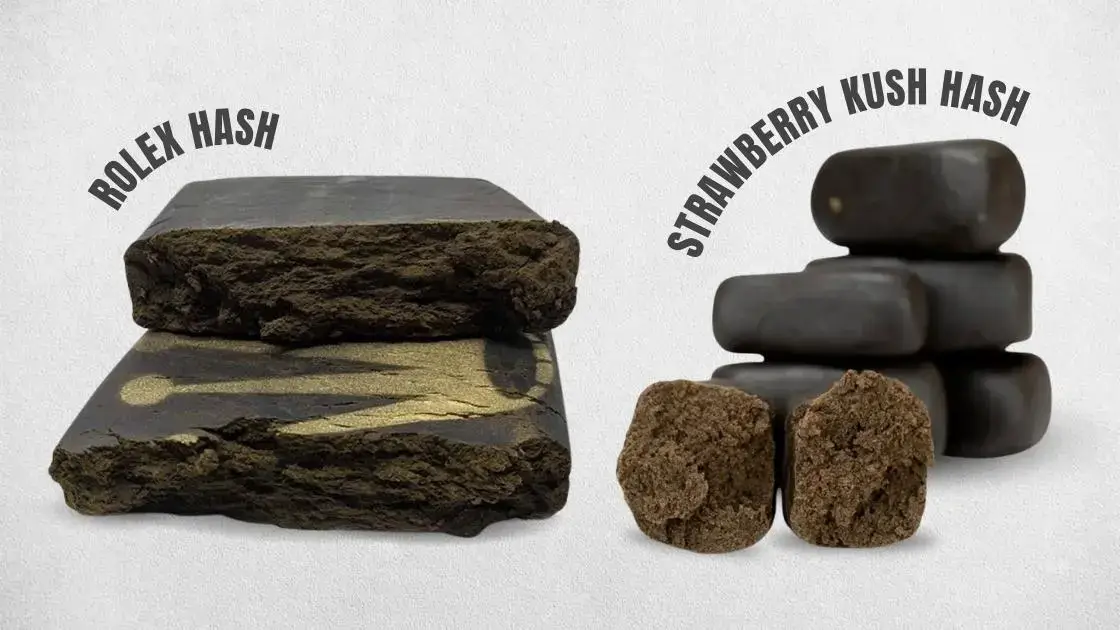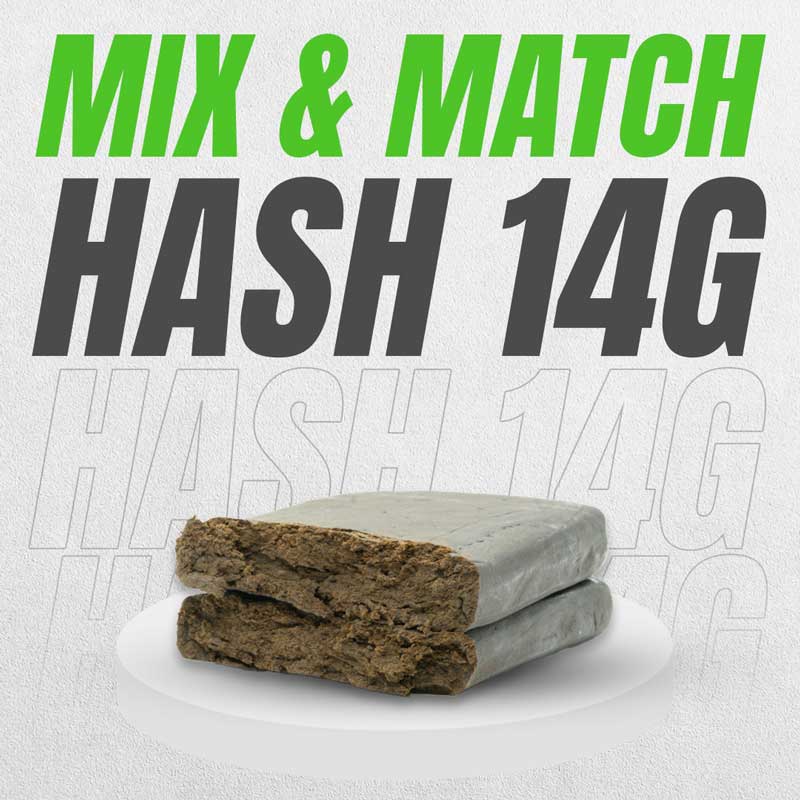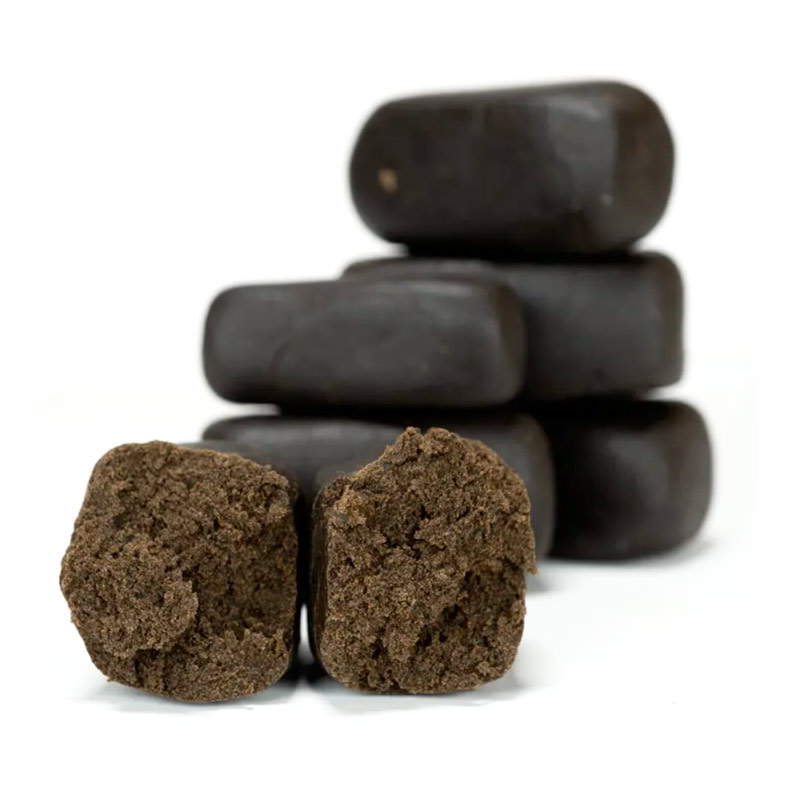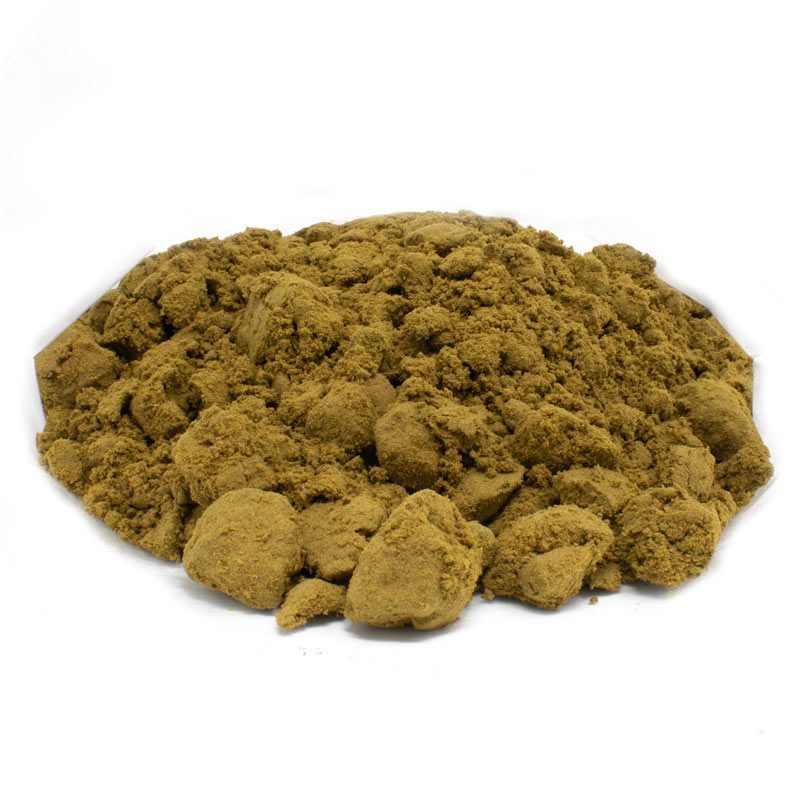If you're new to cannabis, you may be wondering the difference between kief vs. hash?
Before shatter and live resin became dispensary staples, hash and kief were the first concentrated products produced from marijuana. But what exactly are hash and kief weed?
Though these both products come from the cannabis plant, they differ significantly in their potency, composition, effects, and method of consumption. Kief is a powdery and silver-looking substance, whereas hash is a dense, concentrate with a rich brown-coloured colour.
Let’s explore the characteristics of hash vs. kief in more depth to help you better understand the differences between these two concentrates.
Hash vs Kief: How Are They Different From Each Other?
What is Kief?
Have you ever noticed the shiny hairs or crystals on your cannabis buds? These sticky, glossy particles are kief, also called “dry sift” "kief weed" or “pollen”. It is a collection of trichomes that can be found in the flowers and leaves of cannabis plants. Kief is obtained by separating the trichomes from the rest of the plant material and collecting them in a clean container.
Generally, kief is regarded as the highly potent form of cannabis due to its minimum processing and high THC levels of THC. It is important to note that the exact potency of kief may vary significantly depending on the quality of the cannabis buds it is collected from.
What is Hash?
Hash or Hashish is a concentrated form of cannabis obtained by collecting kief and compressing it into a solid mass. It is typically darker and more compact than kief with a different flavour and aroma.
Unlike kief, you can find hash in many different forms, such as:
- Rosin
- Dry sift hash
- Bubble hash
- Traditional hash
What is Bubble Hash?
Bubble hash is a solvent-free type of hash made with ice-water extraction. This method is used to separate the trichomes from the rest of the plant. Bubble hash is named for its ability to bubble when exposed to heat, indicating its purity and quality. It can be consumed in various ways, such as smoking, vaporizing, or dabbing.
Kief vs Hash: 4 Key Differences and Similarities
Hash and kief both are derived from the resin glands of cannabis buds. These products are highly popular among cannabis users because of their high potency and other therapeutic effects.
However, here are a few key differences between hash and kief that are important for commercial and individual cannabis consumers to understand:
1. Extraction Process
How is Kief Weed Collected?
Kief can be collected by catching the dried plant in a grinder or sifting it through a screen and fine mesh. The trichomes of cannabis flowers fall through the screen and then are collected in a container.
Individuals and smaller producers use silkscreens of different sizes to agitate the flowers. After collection, extractors stack screens of varying sizes to refine the final product and remove any substances of plant matter. Kief can also be purified into dry sift by separating the plant material from the trichome resin glands.
How is Hash Made?
Creating hash is more complex than producing kief as specialized techniques and equipment are needed to create a high-quality concentrate.
The most common method of hash extraction is applying pressure and heat to kief to form solid hash pucks.
Ice Water Extraction is another method used to produce hash. This approach uses fresh frozen cannabis flowers, water, ice, and filter bags to create flavourful and potent concentrates. This is sometimes called "bubble hash".
How is Bubble Hash Made?
Bubble hash is made by mixing fresh frozen cannabis with ice water. Agitating the mixture causes the trichomes to dislodge, which can filtered through a series of fine mesh screens.
This method preserves the cannabinoids and terpenes, resulting in a pure and highly potent concentrate.
2. Using Kief vs Hash
Vaping and Smoking
You can vape or smoke hash and kief on their own or mix them with other cannabis products to for a more potent and enhanced high.
When mixing hash or kief with any other cannabis products, such as pre-rolls or flowers, it is advised to adjust the amount and potency of the concentrates according to your body's tolerance. Otherwise, the result can be an intense high with unnecessary side effects.
If you’re someone who loves a powerful and enjoyable cannabis experience, you may find you have an affinity for hash! Due to its highly concentrated form, it is the ideal choice for those with a higher tolerance. By smoking hash, you can enjoy the effects and flavours of this potent concentrate to its fullest.
Are you a seasoned smoker looking to reach new heights? Try infusing your joints with hash and kief for the ultimate experience! We recommend packing a cone with hash and flower before dusting the outer paper with kief.
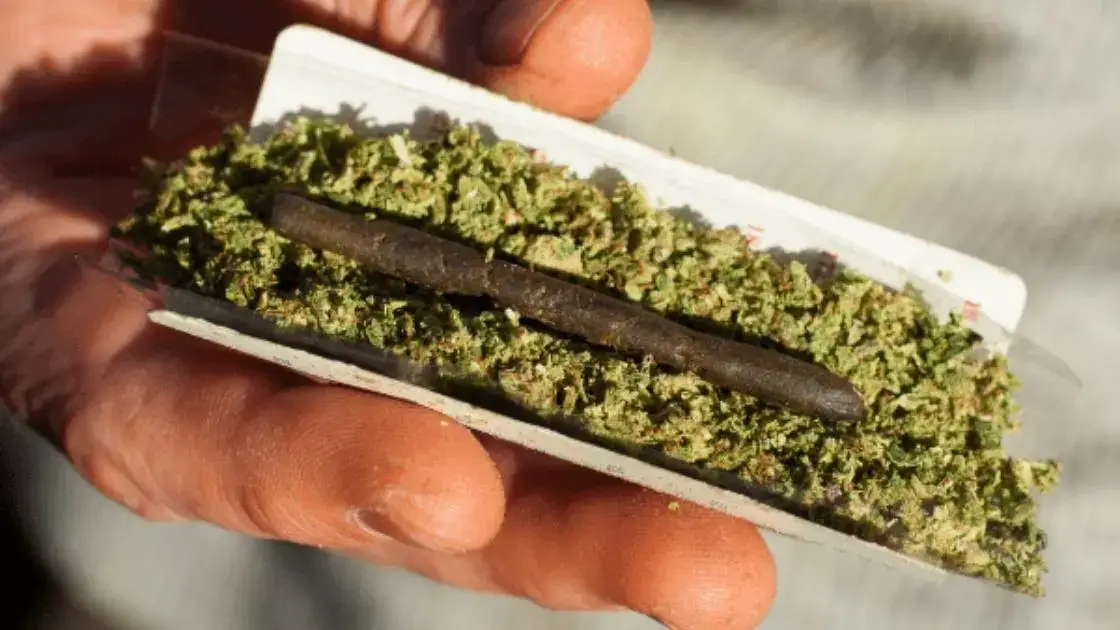
Edibles
Kief and hash can also be used to create delicious edibles! You can use different concentrates to infuse your favourite recipes with THC and enhance their flavour.
However, it is important to note that you must decarboxylate your starting cannabis material when making edibles. This is what activates the concentrate and converts the inert molecules to active THC ones.
You can do this by heating the concentrate at a low temperature for ~20 to 30 minutes. The heat will activate the cannabinoid and terpene profiles of your concentrate, making it more enjoyable and effective.
3. Potency of Kief vs Hash
The distinct production processes of kief and hash result in different potencies. Hash is the stronger and more refined sibling of kief. It typically has a higher concentration of THC (up to 90%). It is an optimal choice for individuals seeking a potent cannabis experience.
Hash undergoes higher levels of refinement during its production process, including heating and pressurization. As the kief's trichomes are compressed together, its potency increases.
In contrast, the THC levels in kief may range from 50% to 80%, depending on the health of the cannabis plant and the quality of the buds at harvest. Generally, healthy, higher-grade plants will produce kief with higher THC levels than a low-grade or unhealthy plant.
Both concentrates can be consumed in a variety of ways and offer the user a more potent experience. As long as the individual is mindful of their tolerance level, kief or hash can serve as excellent ways to enjoy marijuana's benefits.
4. Terpene and Cannabinoid Profiles
When speaking to the cannabinoid profiles of kief vs hash, you'll find there are key similarities between the two. The concentration of terpenes cannabinoids in these concentrates contributes to their different flavours, tastes, effects, and aromas.
As kief is primarily composed of trichomes, it contains a higher concentration of terpenes and cannabinoids than other parts of the cannabis plant. This is why kief is more potent than traditional cannabis buds.
On the other hand, hash is made by compressing resinous trichome glands (kief), which creates a dense concentrate with higher levels of THC and other cannabinoids than in kief.
Health Benefits and Potential Side Effects of Hash and Kief
Benefits
Many users enjoy using hash, as the high THC levels make it an excellent product to treat pain. Additionally, this concentrate has been found to provide relief from the various ailments such as:
- Anxiety
- Post-traumatic stress disorder
- Neuropathic pain
- Glaucoma
- Lack of apetite
- Insomnia
- Inflammatory bowel disease
- Vomiting
- Muscle spasms
- Autoimmune disease and disorder
Potential Side Effects
If you’re new to cannabis or concentrates like hash and kief, be cautious with the dosage you take. It is more beneficial to consume multiple smaller doses of hash or kief, instead of one large dose. If you do consume an excess of THC, you may experience the following side effects:
- Increased appetite
- Increased psychoactive effects
- Short-term memory impairment
- Disassociation
- Paranoia
- Heart palpitations
- Dry mouth
- Red eyes
- Fatigue
We highly recommend building your way up to larger amounts of hash or kief for the best experience.
Storing Kief vs Hash
How to Store Hash
Appropriate storage and preservation are necessary to maintain the unique flavour and potency of hash. To ensure the quality and longevity of your valuable concentrates, store them in an airtight container in a dark, cool environment.
Light and moisture should be avoided at all coats. Protect your hash from direct sunlight exposure, temperature fluctuations, and high humidity. With proper storage methods, your hash will maintain its freshness and potency. Storing your hash correctly will help you extend the enjoyment of your supply.
How to Store Kief Weed
The process for storing kief weed is very similar to the one for storing hash. Oxygen will degrade the active compounds in keef, so an airtight container is a must! We recommend using an airtight glass or aluminum container. Avoid plastic, as it can generate static, or any containers with lingering odours. Keep your container in a cool, dark place away from sunlight.
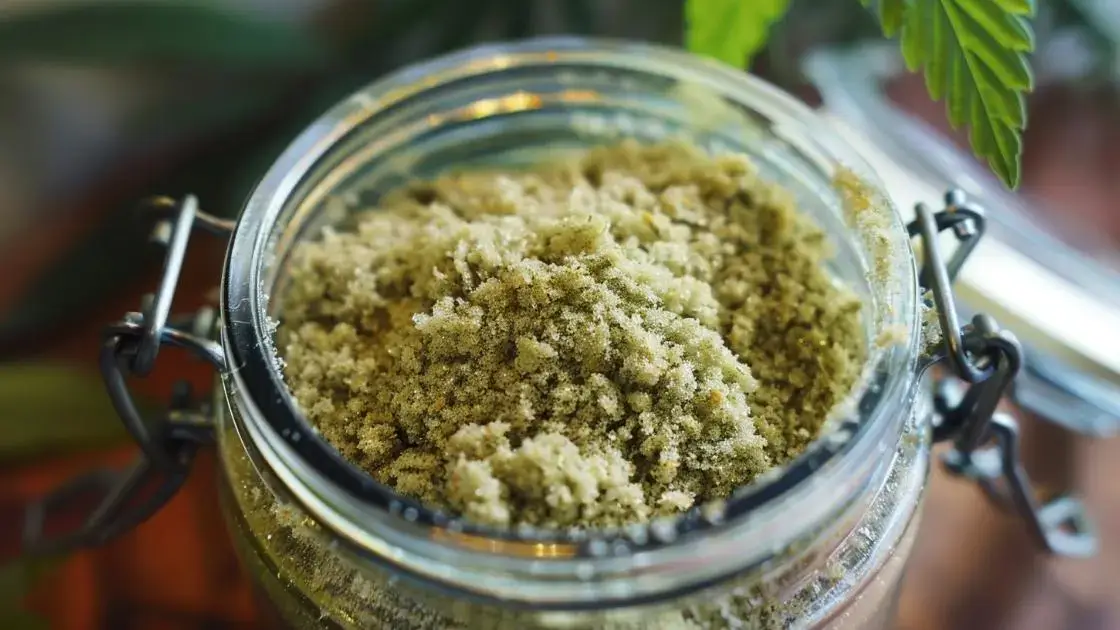
Boveda humidity packs are sometimes used when storing kief or flower. They contain a special gel that prevents the kief from becoming overly dry or too moist.
For long-term storage, vacuum sealing your supply and storing it in the freezer is advised. If done correctly, your kief could remain fresh for up to a year!
Kief vs Hash Which is Better?
Overall, hash and kief are two popular forms of cannabis-derived products that offer potent effects and unique flavour. The prime difference between these concentrates is their extraction process and THC concentration.
Though hash is more potent than kief weed, we suggest trying both products to understand their potential effects and benefits. Also, make sure to buy these concentrates from a licensed dispensary like Cheap Weed to get the best offers.

